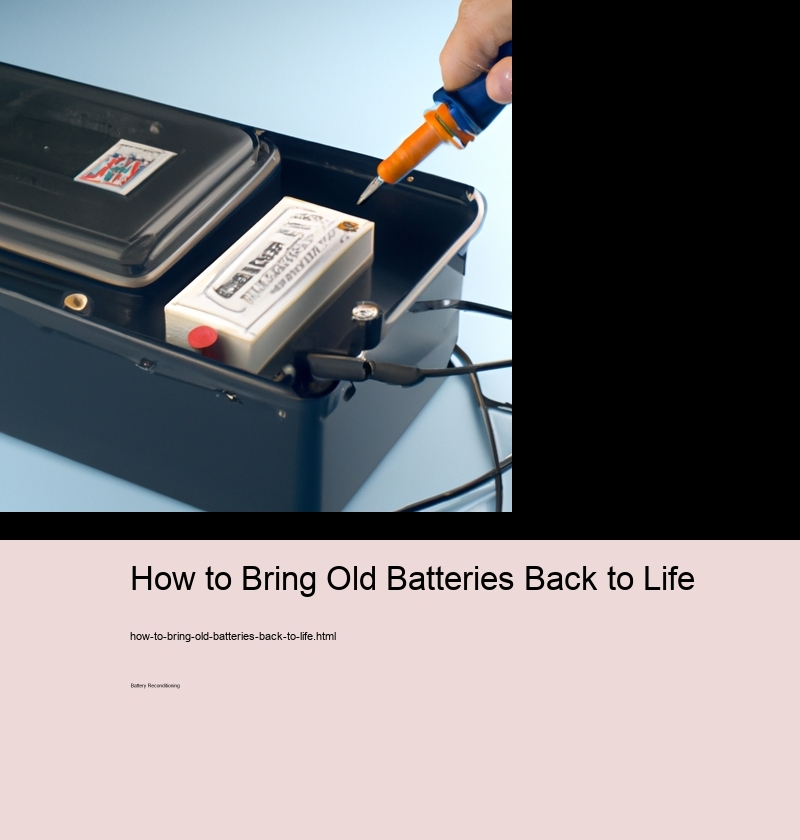How to Bring Old Batteries Back to Life
Epsom Salt for Battery Restoration
This method helps in recalibrating the battery, potentially extending its lifespan. Reconditioning involves reversing this sulfation, restoring the battery's capacity. Top 5 Tools You Need for Effective Battery ReconditioningReconditioning old batteries is a practical approach to extending the life of various types of batteries, reducing environmental impact, and saving money.
In effect this means that while battery reconditioning can be an effective way to reduce expenses and environmental impact, it must be approached with careful consideration towards safety procedures, proper handling of materials, using suitable tools, rigorous testing protocols, and responsible disposal practices. Case Studies: Successful Stories of Battery Revival Through ConditioningThe Concept of Battery ReconditioningBattery reconditioning involves restoring used batteries to their original condition or improving their performance through various techniques.
For example, if your car struggles to start, or your mobile phone or laptop loses charge much faster than it used to, these could be indicators that the battery is not holding a charge as effectively as before. By reconditioning old batteries, you contribute to reducing this hazard along with minimizing waste associated with producing new batteries. Electric Vehicle Battery Care
Reconditioning batteries is a process that aims to reverse the degradation process to restore capacity and extend battery life. Scientists are exploring alternatives like solid-state batteries, which replace liquid electrolytes with solid counterparts to offer greater safety and durability.
